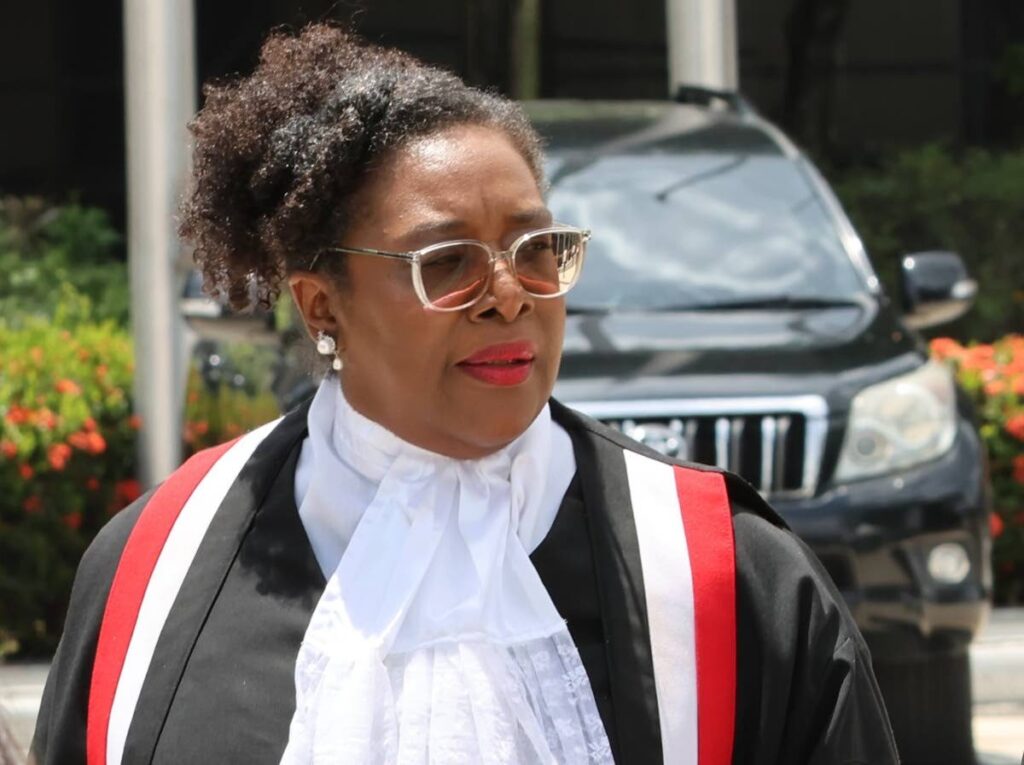In-class texting: A teacher’s dream lesson
Written by reggietnt868radio on November 25, 2024

Debbie Jacob
SO YOU’RE an English teacher struggling to teach theme, tone, mood, and characterisation in literature to students who couldn’t care less about showing up to class, let alone reading. What do you think would happen if you end that class by saying, “Come prepared for tomorrow’s class. Bring your phones.” I bet no student would cut a class dedicated to text messaging.
If I were still a teaching librarian or English teacher, I would plan relevant lessons that engage and excite students. Educators should always teach academic and social skills students need to achieve success in school and life, but these lessons must also consider what students consider meaningful and relevant.
Any talk about changing or revolutionising education and making it more relevant must be a two-part process. We can’t exclude students’ opinions about what a relevant education should look like. What do students want to learn and what do they consider important?
We know students love technology and are more tech savvy than most adults. Students don’t fear technology as many adults do. It’s a natural part of their lives, and educators should capitalise on students’ willingness to experiment with it.
Adults complain teenagers overdo texting and are on social media too much, but an educator’s job is not to criticise or judge students and their culture. Educators need to find ways to teach the academic and communication skills by using the tools students value.
So, how about a lesson in texting where students consider what makes a good text? How do we convey tone, mood and character in texts? How do texts reflect personality and values? There’s a value in getting students to think about these questions.
Are acronyms like FYI and LOL effective? What exactly do these acronyms convey? Why are you laughing out loud (lol) in your texts? How would texts be different if these acronyms were left out?
Let students brainstorm and create new acronyms for text messages. Have students craft the most effective post on X (formerly Twitter) in the 280 allotted characters. How can they avoid wasting words?
Pick a topic for a text message and have students send each other messages in class. Discuss those messages as you would talk about a passage in a book, evaluating them for effective communication.
Writing messages on X almost feels like a
haiku exercise. Words have to be measured and chosen wisely, and there are invaluable lessons in having class discussions about this. Teach students to be more creative and more expressive using the technology they love and understand. Challenge them to seek higher-level communication skills.
Of course, there must be an entire class devoted to the use of Chat GPT, which writes or rewrites sentences, paragraphs or entire essays using artificial intelligence (AI). Schools can’t just ban its use. Educators need to teach students how to use AI effectively. Chat GPT can be an effective editing tool if students develop better editing skills.
I would work on an essay as a classroom exercise, have students collectively write a paragraph and ask Chat GPT to rewrite it so they can see how to use that technology most effectively. Discussion about the benefits and pitfalls of Chat GPT are important. Why are adults so afraid of it?
Fighting the technology that students love and depend on robs students of learning opportunities, and teachers need to realise this. Students shouldn’t feel they need to hide to explore the technology that defines their world.
Social media can be an invaluable way to teach research skills too. Here is where you teach students how to recognise fake news and evaluate sources. Where and how do you find reputable sources? How does technology help us to find and recognise the most credible sources?
Technology is not our enemy. It’s our friend. We live in the same world our students do. They’re just better equipped to handle technology. Yes, they do need to be aware of the pitfalls of technology. There should be lessons that teach students about addictions to technology. Do they believe that texting can be an addiction? How does this fit in with other addictions from drugs and alcohol to gambling? How do we avoid addictions?
Creative lessons that target academic, communication and social skills need to be built into the curriculum. Lessons that build rapport with students and engage them in the ways they learn best are never wasted. Done right, these lessons enhance the curriculum that prepares students for CXC and CAPE. They are lessons that teach students better ways to navigate their world.
The post In-class texting: A teacher’s dream lesson appeared first on Trinidad and Tobago Newsday.




